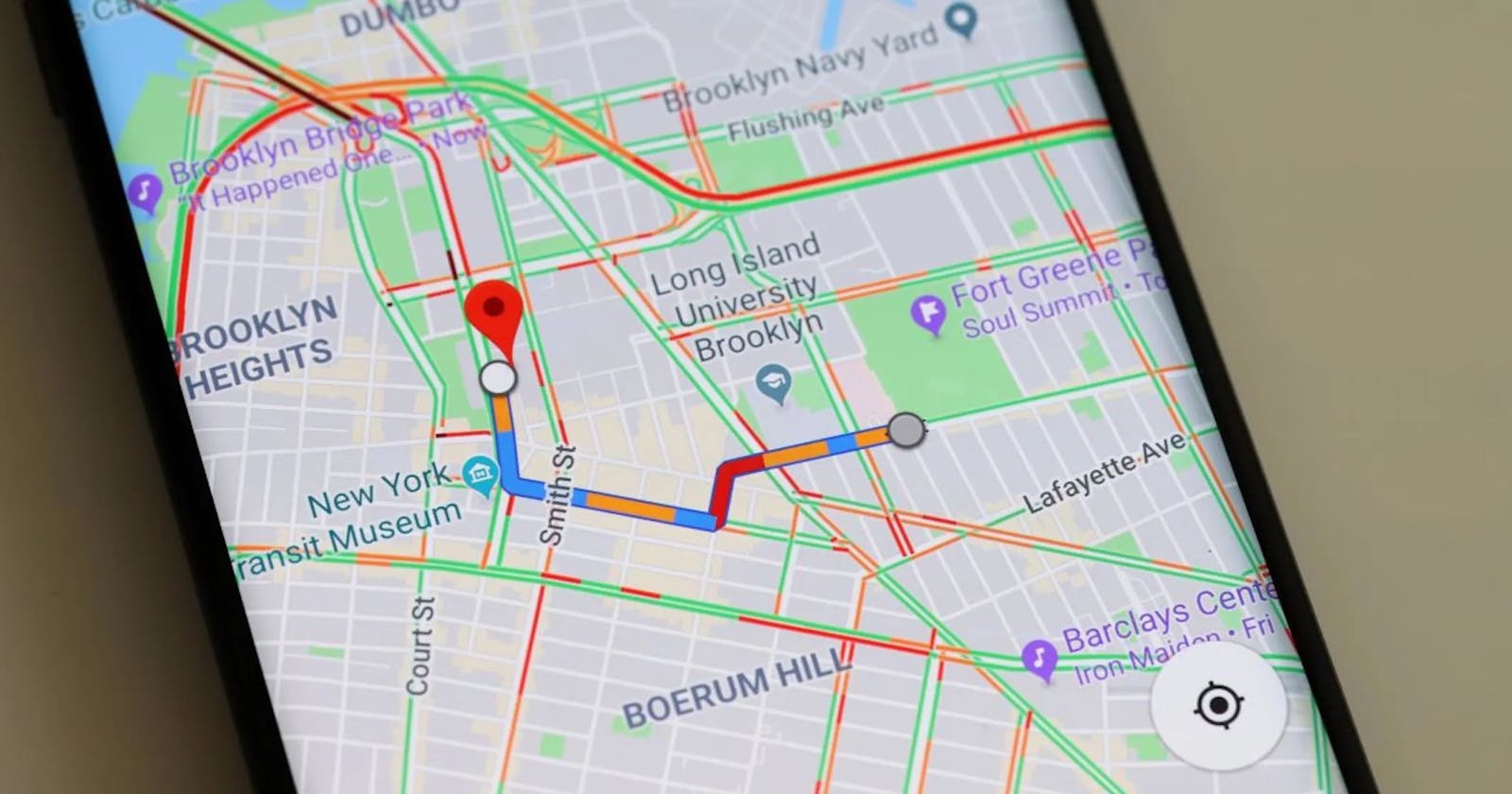This is the start of a series of Applied Graph Theory articles that will stretch for 4 months and will cover in-depth Methods for the development of applications of Graph Theory.
Please subscribe to follow all the upcoming articles.
What is Graph Theory?
Applied graph theory is the study of graphs and their applications in various fields, including computer science, engineering, physics, and operations research. Graphs are mathematical structures consisting of vertices (also known as nodes) and edges that connect them. The edges can be directed (e.g., one-way roads) or undirected (e.g., two-way roads).
Alternatively, Graph theory is a branch of mathematics that studies the properties of graphs, which are mathematical structures used to model pairwise relations between objects. A graph comprises vertices (or nodes) and edges, which connect the vertices. Graph theory has numerous applications in various fields, including computer science, operations research, and social networks.
Why should I study Applied Graph Theory?
There are several reasons why one might study graph theory and its applications:
Graph theory is a fundamental branch of mathematics that provides a framework for modeling and understanding complex systems.
Graph theory has a wide range of applications in many different fields, including computer science, operations research, and social networks. For example, in computer science, graph theory is used in the study of algorithms and data structures, while in operations research it is used in the study of network flows and scheduling.
Graph theory is closely related to other branches of mathematics, such as linear algebra, probability, and topology, which can be useful in developing more advanced mathematical tools and understanding.
Graph theory also has practical applications in fields like transportation, telecommunications, and computer networks, as well as social network analysis, which can be used to study and understand the behavior of groups of individuals in a wide range of contexts.
Finally, studying graph theory can help develop problem-solving skills, logical thinking, and mathematical maturity.
Where is Graph Theory even used?
One common application of graph theory is in network analysis, where graphs are used to model real-world systems such as transportation networks, communication networks, and social networks. These networks can be analyzed to determine important properties such as connectivity, centrality, and shortest paths.
Another application of graph theory is in scheduling and resource allocation, where graphs are used to model tasks and resources and to find optimal schedules or resource assignments. Graphs can also be used to model and solve problems in logistics, such as finding the most efficient routes for delivery trucks.
Graph theory is also used in computer science, particularly in algorithms and data structures. For example, graph algorithms such as depth-first search and breadth-first search are used in many applications, including search engines and network routing.
In addition, graph theory has many other applications in real life, such as in transportation systems, telecommunications, circuit design, genetics, the power grid, and the internet.
